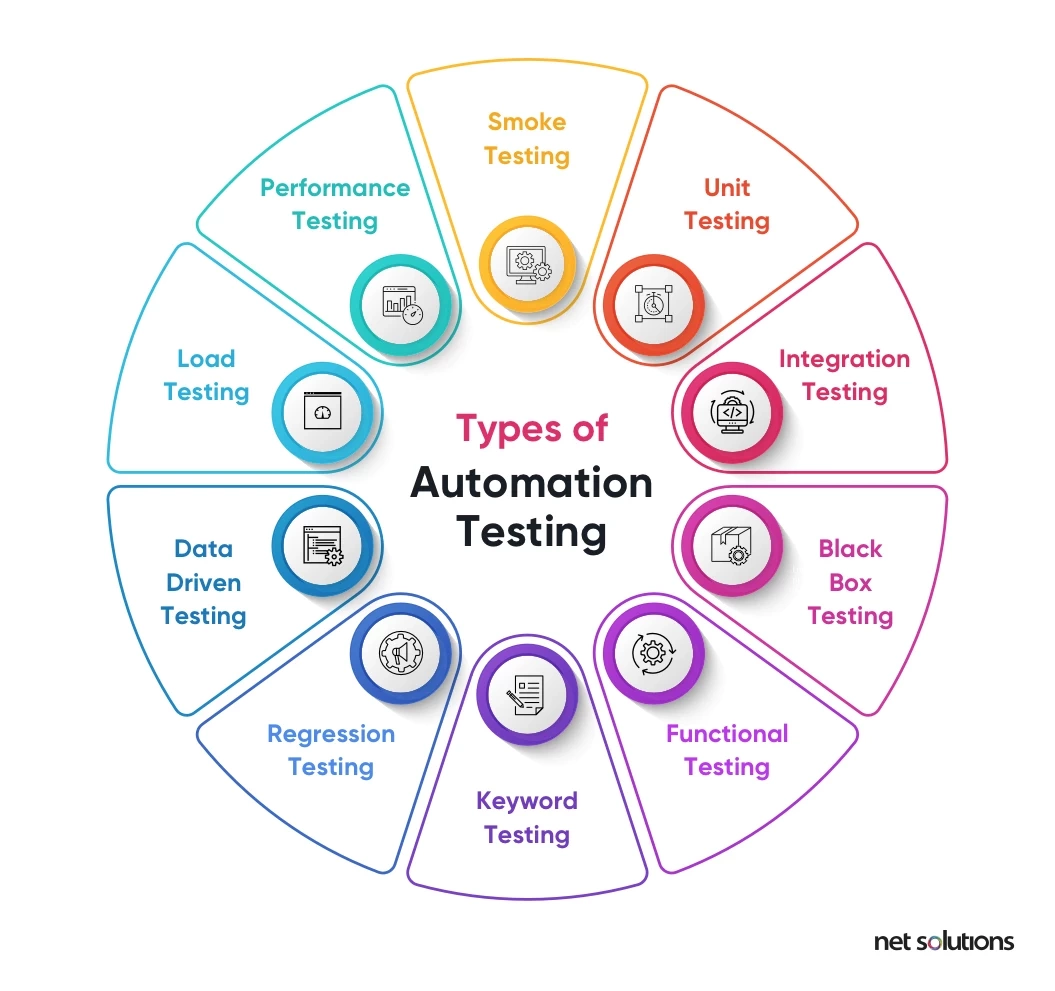Automation Testing Frameworks: Streamlining Complicated Testing Situations
Automation Testing Frameworks: Streamlining Complicated Testing Situations
Blog Article
From Guidebook to Automated Screening: A Comprehensive Overview to Transitioning Efficiently and Effectively
In the world of software testing, the change from handbook to automated procedures has ended up being a significantly vital change for organizations seeking to improve efficiency and precision in their screening practices. The trip from handbook to automated testing is not without its challenges, but when come close to strategically and with a clear plan in mind, the benefits can be considerable.
Benefits of Automated Examining
Automated testing uses various advantages, enhancing performance and precision in software application growth procedures. Automated examinations can be run concurrently on numerous gadgets and operating systems, dramatically speeding up the screening phase compared to hands-on screening.
Furthermore, automated screening ensures a greater degree of accuracy in spotting defects. Uniformity in testing is also boosted, as automated tests execute the very same steps specifically each time they are run.
Choosing the Right Tools

Firstly, assess your requirements and objectives. Recognize the range of your job, the innovations included, and the capability of your group. This analysis will help you determine the attributes and capacities you require in your screening devices.
Secondly, consider the compatibility of the devices with your existing procedures and systems. Seamless integration with your existing software application advancement lifecycle is important to ensure a smooth change to automation.
Furthermore, assess the scalability and flexibility of the tools. As your testing requires evolve, the devices must be able to adjust and fit modifications properly.
Last but not least, variable in the assistance and area around the devices. Robust support and an energetic user neighborhood can provide useful sources and assistance when applying automated testing. By carefully taking into consideration these aspects, you can choose the right devices that align with your demands and established the stage for an effective transition to automated testing.
Writing Efficient Examination Manuscripts

When crafting examination scripts, it is necessary to think about the specific demands of the software being checked and guarantee that the manuscripts resolve all vital performances. Descriptive and clear calling conventions for examination scripts and examination instances can improve readability and maintainability. In addition, including error handling systems within the test manuscripts can help in determining and resolving issues immediately.
Furthermore, organizing examination manuscripts into modular components can improve reusability and scalability, minimizing redundancy and enhancing performance in test manuscript upkeep. Regular testimonials and official statement updates to test scripts are important to maintain rate with progressing software application requirements and capabilities. By following these principles, testers can create reliable and durable test manuscripts that add dramatically to the success of automated testing processes.
Integrating Automation Into Workflows
Efficient combination of automation tools into existing process enhances procedures and boosts efficiency within software program growth cycles. When including automation right into process, it is vital to recognize recurring jobs that can be automated to conserve time and minimize human error. By perfectly integrating automated screening tools like Selenium or Appium into the software application development lifecycle, teams can attain faster responses on code adjustments, causing quicker insect detection and resolution. This integration allows for continual screening throughout the advancement procedure, making sure that any type of issues are identified early on, causing greater software application quality. In addition, automation can be made use of to set off tests instantly after each code dedicate, providing prompt recognition and freeing up testers to concentrate on even more complex circumstances. Appropriate integration of automation devices needs collaboration in between development, screening, and operations groups to establish a unified operations that enhances efficiency and performance in delivering high-quality software program products.
Making Sure a Smooth Change
Successfully transitioning to automated testing involves meticulous planning and mindful execution to decrease disruptions and take full advantage of efficiency in the software program development procedure - automation testing. To make sure a smooth transition, it is important to start by carrying out a complete assessment of the current testing processes and determining areas where automation can bring the most considerable benefits. Engaging with all stakeholders early on at the same time, including designers, testers, and project managers, is essential for gathering support and buy-in for the automation initiative
Communication is key throughout this change stage. Clear interaction of the goals, benefits, and expectations of automated testing aids to take care of any kind of resistance or worries that may occur. Additionally, providing adequate training and sources for staff member to upskill in automation use this link tools and techniques is essential for making sure an effective shift.

Final Thought
Finally, transitioning from guidebook to automated screening supplies various benefits, including enhanced effectiveness and dependability. By choosing the suitable tools, composing efficient test scripts, and integrating automation perfectly into workflows, organizations can ensure a smooth and successful transition. It is vital to accept automation as a valuable asset in software screening procedures to enhance general high quality and productivity.
In the realm of software program screening, the shift from manual to automated processes has come to be a significantly essential shift for organizations seeking to boost effectiveness and accuracy in their testing techniques. Automated tests can be run at the same time on multiple tools and running systems, considerably speeding up the testing stage compared to manual screening. Consistency in testing is additionally improved, as automated examinations carry out the exact same actions exactly each time they are run.To ensure the effective application of selected screening tools, visit the site the production of effective examination scripts plays a crucial function in validating the capability and performance of automated procedures - automation testing. By following these concepts, testers can create durable and effective examination scripts that contribute significantly to the success of automated testing procedures
Report this page